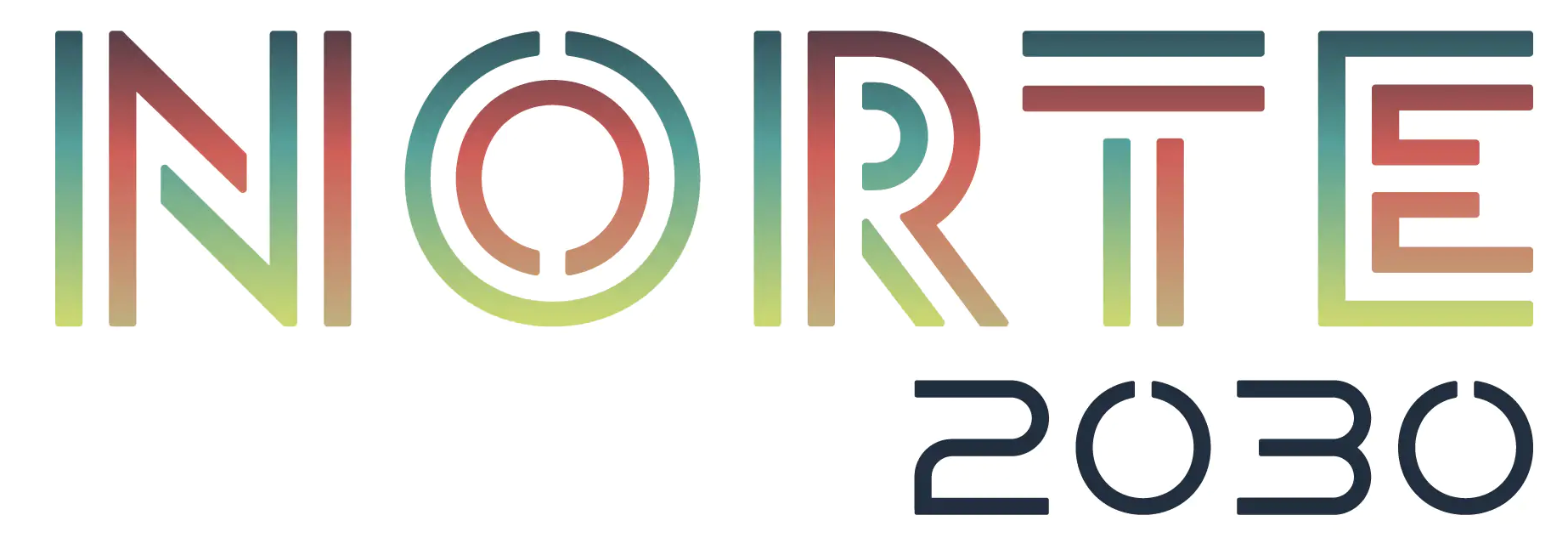Jscrambler, a global leader in Client-Side Protection and Compliance, serves as the principal co-promoter of this project, contributing its extensive expertise in securing client-side applications and monitoring behaviors in web environments. The project aims to improve the security of client-side applications by developing a prototype that monitors and classifies behaviors in web applications, identifying risks and potential threats using Artificial Intelligence.
In this context, Jscrambler will leverage its experience in analyzing and protecting web applications to support mapping interactions between resources and behaviors. This expertise will be key to enabling a detailed risk assessment and advancing the development of innovative solutions for detecting and mitigating security threats. Jscrambler’s contribution focuses on its deep understanding of JavaScript behaviors, runtime analysis, and risk classification, aligning with the project’s goal of providing actionable insights into client-side security.
By combining practical security applications with the project’s research objectives, Jscrambler will help deliver impactful results that strengthen the protection of client-side applications and advance both technical and academic outcomes. This includes supporting and disseminating results through academic theses, publications, and educational materials, reinforcing the project’s contribution to advancing security standards in web environments.






